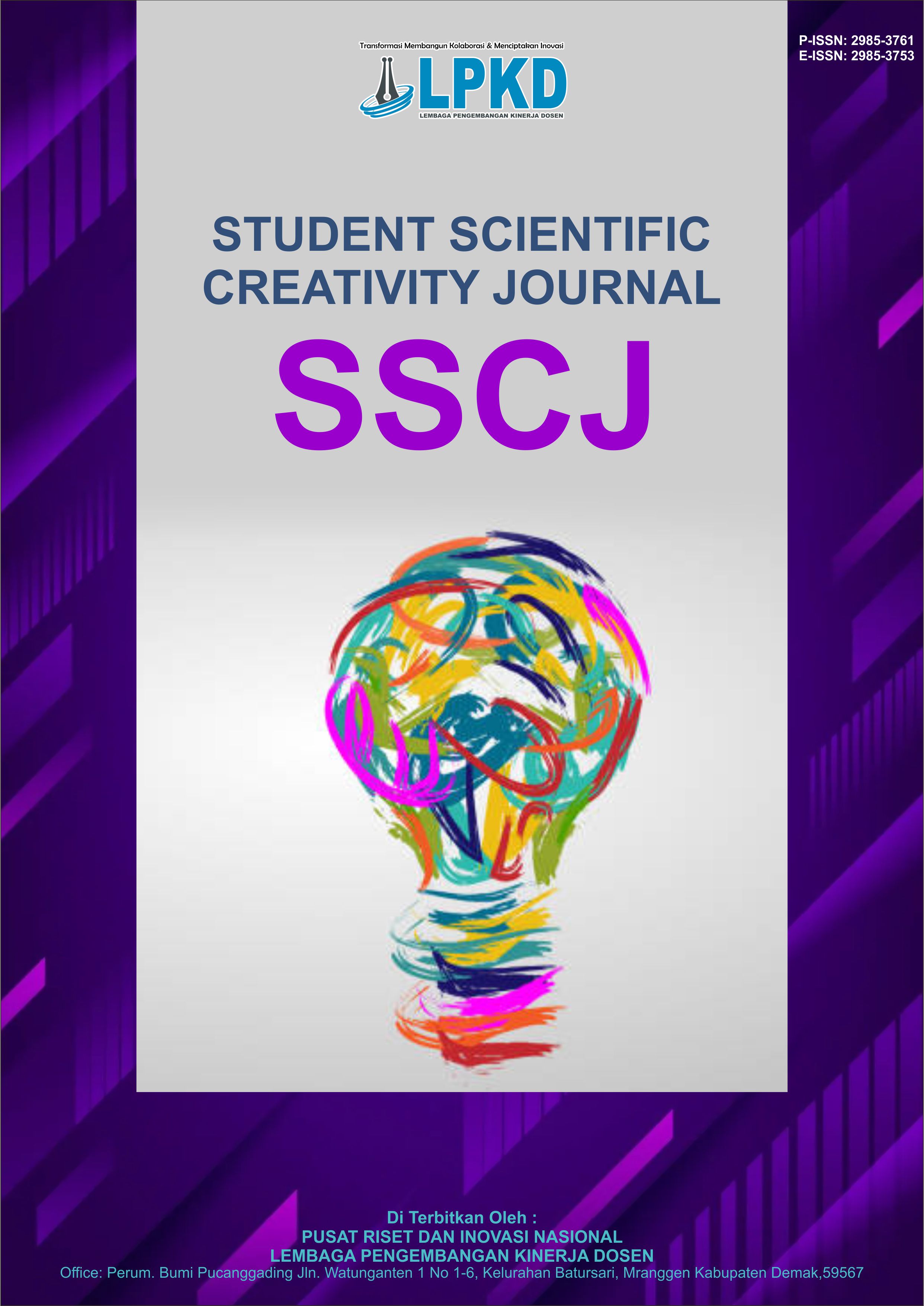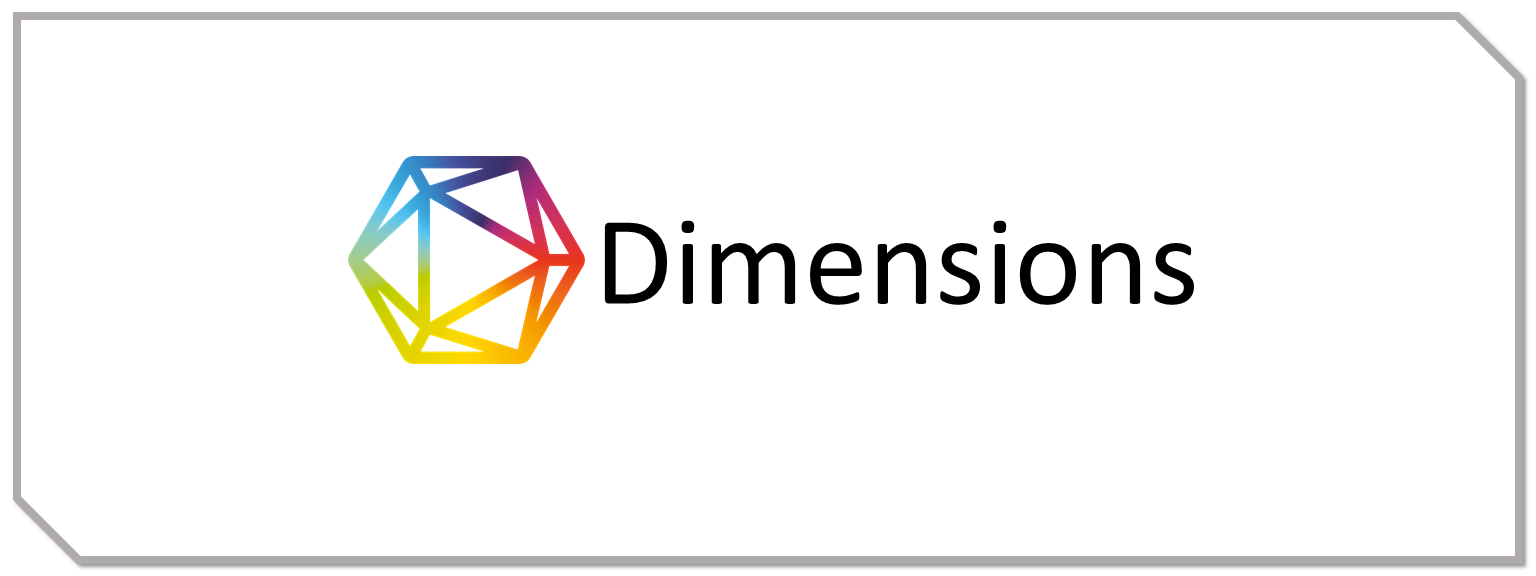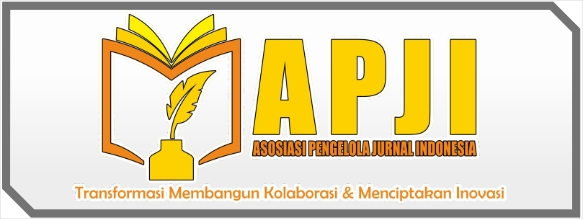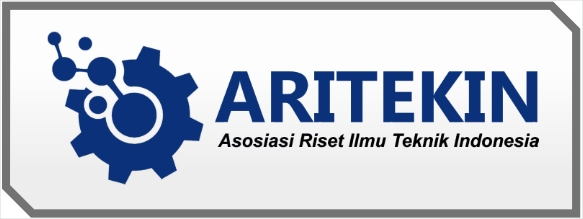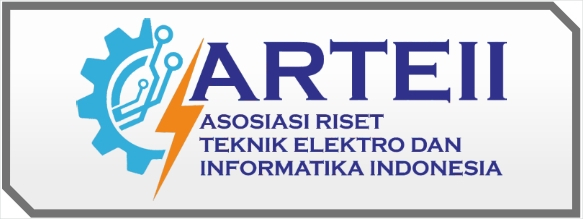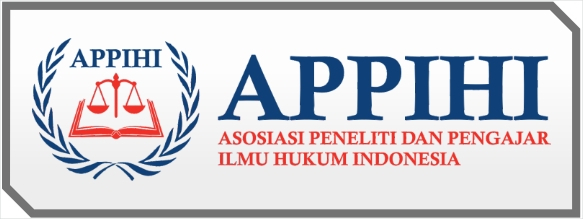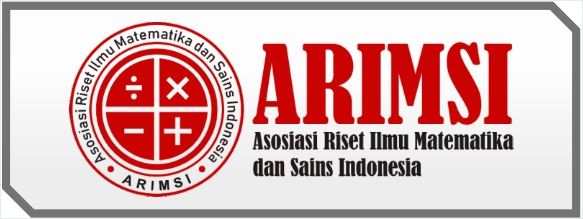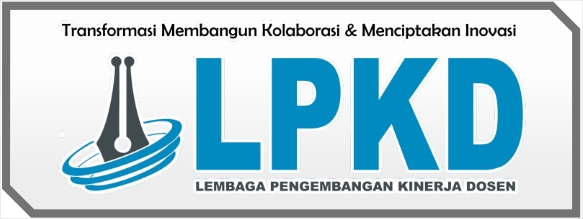Analisis Gaya, Motivasi Dan Respon Siswa Dalam Pembelajaran Geografi di MA Darul Ihsan Samarinda
DOI:
https://doi.org/10.55606/sscj-amik.v2i5.4075Keywords:
Learning Style, Motivation, Response, Geography LearningAbstract
Learning is the core of an education has an important role in advancing the welfare and human resources, one of which is in terms of teaching and learning. The purpose of this study is to determine learning styles, student motivation and student responses in learning geography. Geography learning styles that will be the focus of researchers in this study are visual, auditorial, and kinesthetic learning styles Motivation is one of the steps or factors that can encourage students to behave using feelings and reactions in geography learning activities. The results of research on class X students consisting of 34 female students, class XI consisting of 26 female students and class XII consisting of 35 male students at MA Darul Ihsan Samarinda. Based on the results of the study, the majority of learning styles owned by class X students are visual as many as 34 students, then class XI students are mostly kinesthetic as many as 26 students, as well as class XII the majority of kinesthetic learning styles as many as 35 students Each class has a different learning style and has each learning style. Every student basically has motivation in themselves, be it external or internal motivation. The sample in this study was class X consisting of 34 female students, XI IPS1 consisting of 26 female students, XII IPS2 consisting of 35 male students at MA Darul Ihsan Samarinda. The sample technique used is Random Sampling. Based on the results of data recap that has been done on the student learning motivation questionnaire has motivation in the good category, from these results it can be said that 34 students have good motivation, then in the category as many as 26 students have a category Less, then as many as 35 students have a good category. Based on data analysis that has been carried out on student learning responses in classes X and XI, it is found that student learning responses are in the good category with a total of 60 students or equivalent to 64%. Then in the very good category with 35 students or equivalent to 65%. The high learning response can be seen from the various indicators that have been analyzed.
References
Abdurakhman, O., Rusli, R., & Nasution, U. (2015). Integrasi pemikiran Imam Al-Ghazali & Ivan Pavlov dalam membentuk prilaku peserta didik. INSANIA: Jurnal Pemikiran Alternatif, 2(1), 103–113.
Abu Ahmadi, & Supriyono, W. (2008). Psikologi belajar. Jakarta: PT Rineka Cipta.
Agustya, Z., & Soejoto, A. (2017). Pengaruh respon siswa tentang proses pembelajaran terhadap hasil belajar siswa kelas X pada mata pelajaran ekonomi di SMA Negeri 1 Wonoayu Kabupaten Sidoarjo. Jurnal Pendidikan Ekonomi (JUPE), 5(3). https://doi.org/10.26740/jupe.v5n3.p
Ahdar, D., & Wardana. (2019). Belajar dan pembelajaran (1st ed.). CV. Kaaffah Learning Center. https://doi.org/10.24952/fitrahv3i2.945
Akhiruddin, et al. (2019). Belajar dan pembelajaran. CV. Cahaya Bintang Cemerlang.
Amaliah, R. R., Fadhil, A., & Narulita, S. (2014). Penerapan metode ceramah dan diskusi dalam meningkatkan hasil belajar PAI di SMA Negeri 44 Jakarta. Studi Al-Qur’an: Membangun Tradisi Berfikir Qur’an, 10(2), 119–131. Retrieved from http://journal.unj.ac.id/unj/index.php/jsq/article/view/4441
Amir, M. T. (2015). Merancang kuesioner: Konsep dan panduan untuk penelitian sikap, kepribadian & perilaku. Prenadamedia Group.
Anggraini, T. (2021). Kecenderungan gaya belajar siswa SMA pada mata pelajaran geografi kelas XI IPS di Kota Samarinda. [Skripsi, Program Studi Pendidikan Geografi Universitas Mulawarman].
Angraini, W. D., Aminuyati, & Achmadi. (2016). Analisis faktor-faktor yang mempengaruhi hasil belajar mata pelajaran ekonomi kelas XI IIS SMA. Journal of Chemical Information and Modeling, 53(9), 1689–1699.
Bobbi De Porter, & Hernacki, M. (2013). Quantum learning: Unleashing the genius in you (Alwiyah, Trans.). Bandung: Kaifa.
Burhanuddin, & dkk. (2008). Teori belajar dan pembelajaran. An-Ruzz Media.
DePorter, B., & Hernacki, M. (2000). Quantum learning (revised ed.). Bandung: Kaifa.
Hamzah B. Uno. (2013). Motivasi dan pengukurannya: Analisis di bidang pendidikan. Jakarta: PT. Bumi Aksara.
Rafikayuni, A., Aryati, E., & Marlina, R. (2017). Respon siswa terhadap LKS berbasis Predict Observe Explanation (POE) pada submateri keanekaragaman hayati kelas X. In Seminar Nasional Pendidikan MIPA Dan Teknologi IKIP PGRI Pontianak (pp. 337–348).
S. Nasution, M. A. (2008). Berbagai pendekatan dalam proses belajar dan mengajar. Jakarta: Bumi Aksara.
Samatowa, U. (2011). Pembelajaran IPA di sekolah dasar. Jakarta: Indeks.
Sardiman, A. M. (1990). Interaksi dan motivasi belajar mengajar. Jakarta: Raja Grafindo Persada.
Sardiman, A. M. (2007). Interaksi dan motivasi belajar mengajar. Jakarta: PT. Rajagrafindo Persada.
Setyasih, I. (2017). Pengaruh model Learning Cycle 7E dan gaya belajar terhadap hasil belajar geografi siswa SMA di Kalimantan Timur. [Disertasi, Universitas Negeri Malang].
Setyasih, I., Nuriyawati, Y., & R, M. V. (2019). Analisis minat terhadap hasil belajar geografi siswa SMA Negeri di Kabupaten Penajam Paser Utara. In Seminar Nasional Pendidikan Geografi (pp. 96–103).
Sudirman, H. (2014). Interaksi dan motivasi belajar mengajar. Rajawali Pers.
Sugiyono. (2015). Metode penelitian pendidikan: Pendekatan kuantitatif, kualitatif dan R&D. CV. Alfabeta: Bandung.
Sutarno, N. (2009). Materi dan pembelajaran IPA SD. Jakarta: Universitas Terbuka.
Syah, M. (2005). Psikologi pendidikan dengan pendekatan baru (P. R. Rosdakarya, Ed.). 773.
Downloads
Published
How to Cite
Issue
Section
License
Copyright (c) 2024 Student Scientific Creativity Journal

This work is licensed under a Creative Commons Attribution-ShareAlike 4.0 International License.

